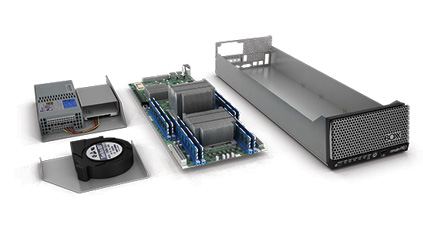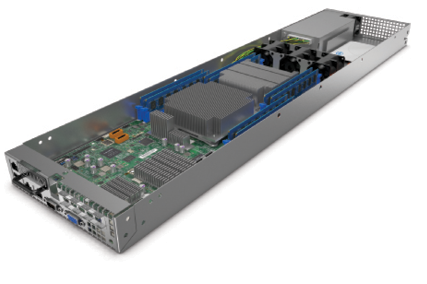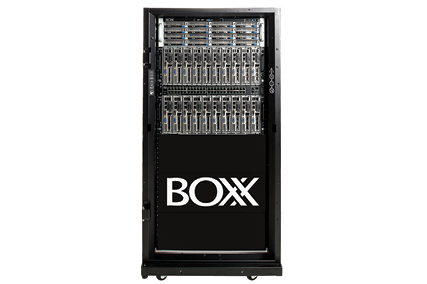August 3, 2015
 If you’ve ever visited a foreign country where you didn’t speak the language, you have an idea what it must be like for non-engineers to understand design intent. Speaking more slowly or loudly doesn’t help. Showing a layman schematics, Excel tables or even simulation visualizations is the engineering equivalent of a tourist asking directions to the airport by stretching out their arms to pantomime a plane. You might get your idea across, but it will take awhile—and time is a luxury most design engineers don’t have.
If you’ve ever visited a foreign country where you didn’t speak the language, you have an idea what it must be like for non-engineers to understand design intent. Speaking more slowly or loudly doesn’t help. Showing a layman schematics, Excel tables or even simulation visualizations is the engineering equivalent of a tourist asking directions to the airport by stretching out their arms to pantomime a plane. You might get your idea across, but it will take awhile—and time is a luxury most design engineers don’t have.
Design engineers speak the same language. Tolerances, loads, stresses, thermal envelopes and more make it easy for engineers to communicate requirements, development issues and engineering change orders. However, not all clients and colleagues speak that language, which stymies collaboration and results in inefficiencies and lost opportunities. If only you could show them exactly what you had in mind in a way anyone could understand. That’s what rendering allows you to do.
Rendering can be the universal language of manufacturing by enabling true visual collaboration among designers, clients, executives and other key stakeholders. Where in the past rendering was a complex, time-consuming task that required expert assistance and expensive computing resources, software and hardware tools now exist that put powerful rendering capabilities into the hands of designers. A picture maybe worth 1,000 words, but rendering can be worth much more as it allows you to fully express the intent of your design, help win bids, market products, identify flaws and imperfections, and explore future concepts.
Communicate Early and Often
The design process has been compressed. Customers expect more complex products in an increasingly short timeframe, which has made communication throughout the process even more critical.
Prototypes, while extremely useful in communicating the look and feel of a design, are expensive to build and often aren’t created until later in the design process when most of the key decisions have already been made. Lacking the ability to quickly and effectively communicate design intent and the impact of change orders to all stakeholders inhibits collaboration.
Quality rendering, however, can cut through the technical noise early in the design process, allowing colleagues and clients to experience the “ah-ha” moments that can lead to new ideas, faster change approvals, clearer communication, and ultimately better and more satisfying designs. Rendering can help you quickly lead colleagues and clients to better decisions with easily understandable visual information. From initial concepts, through multiple design changes and to the final presentation, rendering provides all stakeholders with a clear view of the project.
Equipped with the right hardware, including overclocked workstations, powerful GPUs and render nodes built to enable faster, iterative visualization of designs, engineers can work faster, provide better results and truly collaborate with other team members, customers and colleagues in various disciplines in ways that weren’t previously possible.
The Visual Collaboration Workflow
BOXX APEXX 2 and APEXX 4
The APEXX 2 workstation for CAD design, 3D modeling and animation workflows features support for optional overclocked processors and two full length professional GPUs. It is available with optional eight-core processors for increased rendering power and multi-tasking. The APEXX 4 is configurable with up to two Intel® Xeon® processors for total of 36 cores (72 threads), allowing it to handle rendering and simulation tasks with ease. It also supports for an optional overclocked single processor and up to four professional GPUs.
BOXX renderPRO
The renderPRO is a complete computer powered by dual Intel XEON processors that has been stripped of all the features not necessary for rendering so it can focus on CPU core count. It was built for 24/7 maximum workload operation. The all-aluminum chassis was designed to sit directly on an APEXX 4, and to be stacked several units high for a desk side render farm solution.
BOXX renderBOXX
renderBOXX is purpose-built to power render-intensive 3D graphics and animation workflows. Featuring dual Intel Xeon processors (up to 36 physical cores), a single renderBOXX can act as the cornerstone for a render farm. Ten modules fit into a 4U (7x19-in.) space, while IPMI 2.0 technology featuring keyboard, video and mouse (KVM) over Internet Protocol (IP) enables you to efficiently manage a render farm network.
BOXX RenderFarm On Wheels
RenderFarmOn Wheels is a turn-key renderfarm solution in a complete hardware package. The unit includes rack mounted dual CPU render nodes in a mobile enclosure. ROW can be completely custom configured to meet your needs. To assist your ROW deployment, BOXX offers on-site studio setup, with unparalleled expertise and support to get your ROW up and rendering in no time. It is available in a range of sizes and expandable to over 80 modules (2,880 cores).
Subscribe to our FREE magazine, FREE email newsletters or both!
About the Author
DE’s editors contribute news and new product announcements to Digital Engineering.
Press releases may be sent to them via [email protected].










